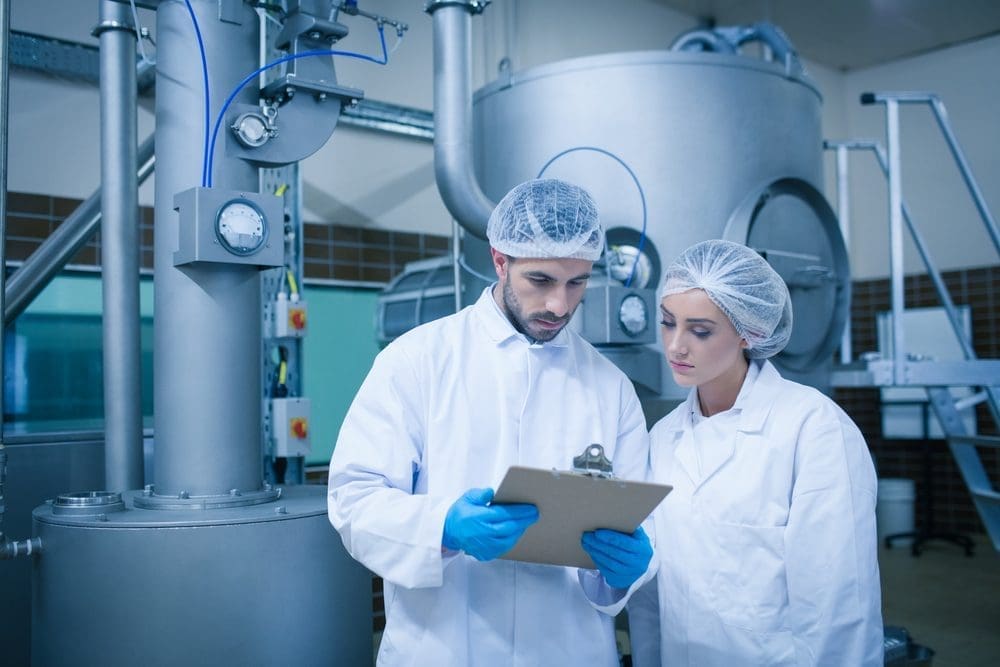From farmers to processing facilities, the backbone of Australia’s agriculture industry is slowly becoming intelligent. Tech companies across the globe are producing small devices that can gather data and communicate with each other.
Food processing plants already utilise industrial measurement instruments to control their processes. Connecting these devices to a local area network (LAN) is the next step to creating smart, autonomous operations. What are the implications of this movement, and how are farmers participating?
Farming and ‘Wave 3’
AgInnovators, a publication run by NSW Farmers, noted that smart farming is part of the internet’s third wave. “Wave 3” entails connecting individuals to “things” as well as enabling those miscellaneous items to communicate with each other with minimal human intervention.
According to Beecham Research, the Internet of Things (IoT) – the concept of devices exchanging and processing data with each other – will enable precision agriculture. The company noted this practice enables farmers to optimise product yield per unit of land through GPS technology, sensors and data analysis.
The objective is to gather as much information regarding operations as possible. Empowering farmers with intelligence will enable them to capitalise on opportunities for improvement. Beecham Research noted that farmers can use precision agriculture to:
- Monitor how much fuel or water is available in real time;
- Measure the level of nutrients within soil;
- Track livestock as they move throughout pastures; and
- Control water and nutrient distribution within greenhouses.
One of the key ideas associated with precision farming is a greater amount of control, much like how level measurement instruments and other such devices provide greater administration over industrial environments.
A new infrastructure component
Depending on how you interpret it, infrastructure is a system comprised of heterogeneous resources that work together cooperatively. Ultimately, this network serves a specific purpose, such as delivering water to a city or enabling people to travel efficiently throughout a metropolis.
Adding smart devices to a specific operation adds an additional layer to that facility’s infrastructure, whether it be a farm, food processing plant or mine. Beecham Research noted sensors and data analysis software are just two components of this layer. Those interested in deriving as much value as they can from the IoT must also procure communications systems, networking hardware and other resources.
While the latter technology may seem extraneous, smart devices need a secured, dependable network on which to communicate. If a food processing plant, for example, has limited bandwidth, its sensors, gravimetric feeders and other measurement instruments may not be able to exchange data fast enough to keep operations running.
Smart devices in the food processing sector
According to the Department of Industry, Innovation and Science, food, beverage and tobacco products accounted for the more than 25 per cent of the manufacturing sector’s total value add in 2014. There’s a great opportunity for companies participating in the food processing sector to integrate smart devices into their processes.
The question is, what should organisations new to web-connected operations start with? Microscan, a company that specialises in machine vision technology, maintained that factories should first use solutions that convert product codes, thermal data and images into digital information computers can understand.
Next, companies should equip their facilities with the automation technologies necessary to sanction rapid, continuous data transmission. Adding bandwidth based on smart device demands is one step, but another involves implementing software that can manage resources automatically.
Obviously, all of these resources require oversight. Food processing plants should consider connecting with professionals who specialise in network administration and IT hardware management. Ensuring they have staff dedicated to maintaining the smart device network is conducive to supporting operations.
Want to know how our instruments are advancing the agriculture industry? Speak with SRO’s experts today.



Recent Comments